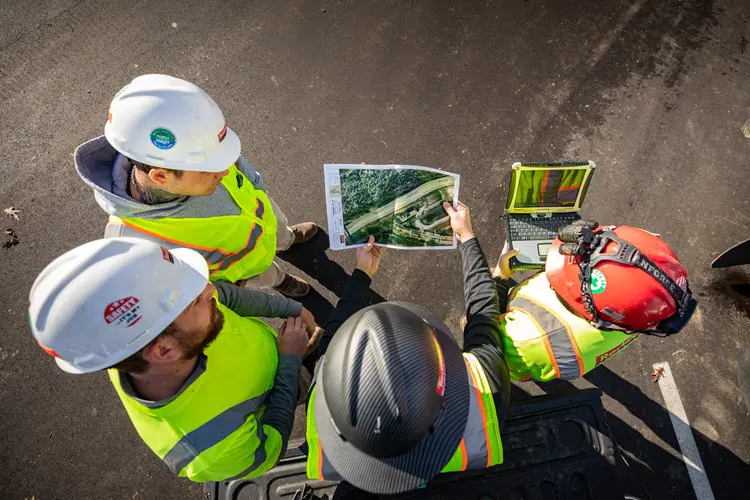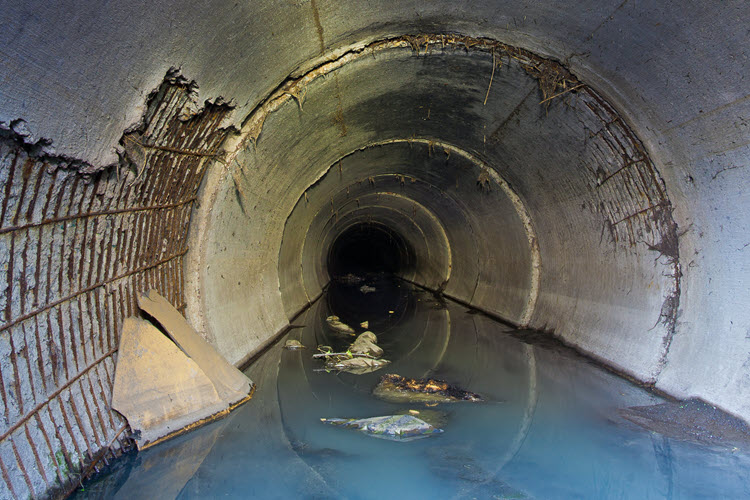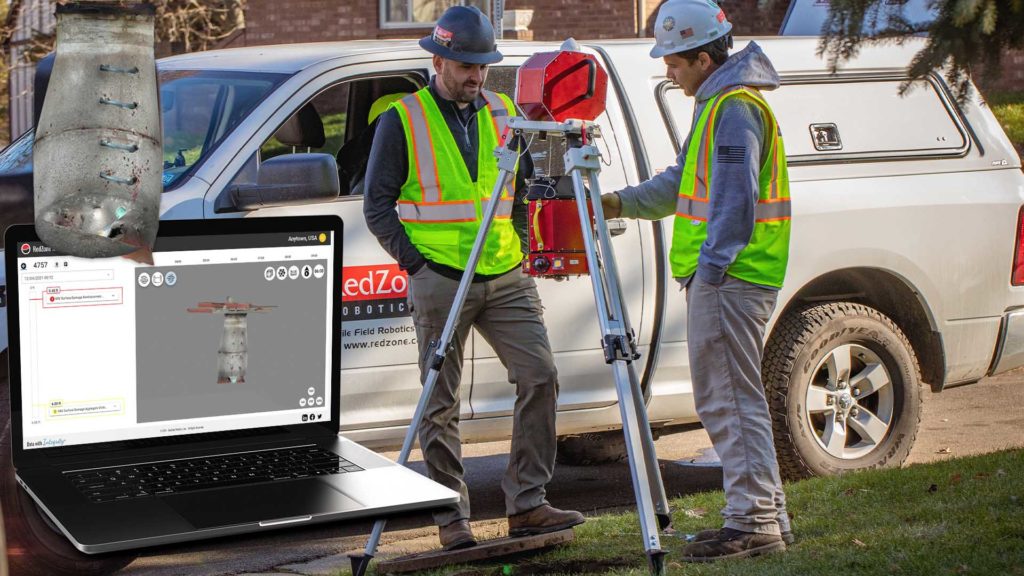
A baseline sewer inspection is a key piece of what we do at RedZone Robotics, whether it’s part of a multi-sensor inspection (MSI) or a complete accelerated system assessment (ASAP). But, why is that?
Well, baseline sewer inspections and advanced pipeline assessment help you figure out which preventative maintenance to perform, which greatly limits the amount of emergency repairs you’ll need to make. You see, a seemingly healthy sewer system could produce dangerous sewer overflow. What’s worse is that it could also turn into a deadly sinkhole in an instant.
Emergency repairs cost cities and their residents millions of dollars in repair work. They also put people into dangerous situations that they can’t see until it’s too late.
With preventative maintenance, guided by a baseline (and subsequent) inspections, you can protect your city or municipality from expensive and deadly hazards caused by catastrophic failure.
Sure, we could tell you all of these things, but you probably want some proof.
For that reason, we compiled a short list of the top-5 reasons for a baseline inspection, and how it helps you save on both money and labor, all while protecting your community.
1. A baseline sewer inspection determines which pipes are suffering from corrosion
To fully grasp the integrity of your current pipeline, you’ll need to determine whether or not the pipes are corroding, as well as the overall amount of pipe corrosion.
A baseline inspection provides a snapshot of each pipe’s health at a given time. It allows you to record the level and type of corrosion occurring to compare against future inspections.
That data becomes especially helpful during the sewer pipe rehab decision-making process. Eventually, baseline data lets you compare each and every asset in the system, showcasing the rate of deterioration over time.

2. It allows you to prioritize areas for sewer cleaning and the extent of cleaning required.
Sewer systems can stretch for hundreds of miles.
Thus, it’s difficult to determine current blockage locations, as well as where they’re forming. So, what do you do in that situation – clean the entire pipeline? Not so fast… you just need the right robot for the job.
With the right tools, performing a baseline inspection allows you to decrease the amount of time and money spent during the inspection phase. Those tools navigate and inspect seemingly impassable pipes, collecting comprehensive data without requiring you to actually climb into a sewer.
With that information, you may find that cleaning, jetting, and even other maintenance, isn’t truly necessary to complete an initial inspection, saving you thousands of dollars as a result.
So, what will do you do with all of that money you saved? That part’s up to you.
3. Allows you to judge the effectiveness of a sewer cleaning project.
Now that you know you’ll save money by eliminating unnecessary cleaning and maintenance, let’s talk about effectiveness.
When you get a baseline sewer inspection, you’ll be able to determine how much sediment or blockage was actually removed after you complete that maintenance project. Why is that valuable? Well, it will help you to decide whether or not you need to clean it again in order to prevent blockage.
Essentially, you can update the pipe’s baseline grade, which improves forecasting over time. Undoubtedly, launching a sewer cleaning program ahead of a baseline inspection comes at a higher cost. Your cleaning contractors would need make assumptions as to how “dirty” a system is, and how much debris is in it. Those assumptions add risk and cost to each project due to the “unknown.”
Without baseline knowledge of your system’s overall health, it’s impossible to know the effectiveness of your cleaning program.

4. A baseline inspection creates a starting point for comparison over time.
Sure, you may know what your pipes look like now, but how does that compare over time?
Baseline sewer inspection information allows you to analyze and visualize changes within a pipe based on past data. In simple terms, think of it as a personal health program. You record your weight or BMI at one point, then again at another, to gauge your progress over time. With that information, you can adjust your plan based on your findings.
You’ll benefit from similar record-keeping and analysis of your pipeline. Over time, this data allows you to pinpoint issues at certain locations, allowing you to forecast the potential for failure.
For example, a pipe that suddenly shows signs of corrosion that doesn’t align with previous inspections is cause for immediate attention.

5. A baseline inspection can help with both short-and-long-term budgeting and financial planning.
Ah, budget. The most important piece to any infrastructure planning decision.
You likely know it well – the thoughtfulness, and subsequent difficulty, that goes into funding any major project.
Each of the reasons above play major roles in this part of the list, leading to more informed maintenance plans along with better financial forecasting and planning. Ultimately, a baseline sewer inspection allows you to make the most informed decisions based on the best, most comprehensive data available.
The bottom line – better data, gathered through a baseline inspection and preventative maintenance, leads directly to better planning and decision-making. Which, in turn, saves you in maintenance costs, labor, and emergency repair work.
Bringing it all together
If you want to put yourself, your organization, your infrastructure, and your community in the best possible position, you need to conduct a baseline sewer inspection.
From planning and safety to financial benefits, you can’t afford not to do it.
But, what’s the best route to take? How do you get it done without financing your future or causing major disruption?
The answer: with advanced pipeline assessment by RedZone Robotics. We not only perform each inspection for you, we also collect and securely store your data on a cloud-based platform. And, we do it with pipe-inspection robots!
And, each robot we send through your pipes is created in house, as is the asset management software we use to store the data – there’s truly no middle man.
Whether you’re ready to schedule your baseline inspection, get a quote, or to learn more about what we do, we’re here to help. Just complete the form below to get started!
We hope the information from this article helped you make a more informed decision about your underground infrastructure.
Ready to get started? Connect with us today!
Complete this form to schedule your next advanced pipeline assessment & sewer inspection, get a quote, or connect with a RedZone Robotics team member.
Want to know how RedZone Robotics helps you to reduce your CARBON BOOTPRINT? Click here to learn more!





